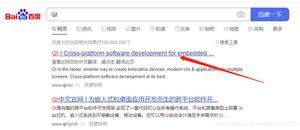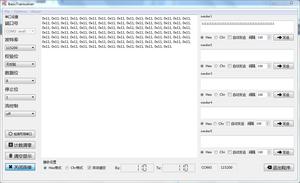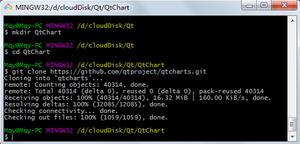使用GROUP BY和COUNT(DISTINCT)的LINQ to SQL
我必须执行以下SQL查询:
select answer_nbr, count(distinct user_nbr)from tpoll_answer
where poll_nbr = 16
group by answer_nbr
LINQ to SQL查询
from a in tpoll_answer where a.poll_nbr = 16 select a.answer_nbr, a.user_nbr distinct
映射到以下SQL查询:
select distinct answer_nbr, distinct user_nbrfrom tpoll_answer
where poll_nbr = 16
到目前为止,一切都很好。但是,在尝试对结果进行分组时会出现问题,因为我无法找到映射到我在此处编写的第一个查询的LINQ to
SQL查询(感谢LINQPad,使此过程更加容易)。以下是我发现的唯一给我期望结果的结果:
from answer in tpoll_answer where answer.poll_nbr = 16 _group by a_id = answer.answer_nbr into votes = count(answer.user_nbr)
依次在所有SQL查询中产生以下丑陋且未优化的结果:
SELECT [t1].[answer_nbr] AS [a_id], ( SELECT COUNT(*)
FROM (
SELECT CONVERT(Bit,[t2].[user_nbr]) AS [value], [t2].[answer_nbr], [t2].[poll_nbr]
FROM [TPOLL_ANSWER] AS [t2]
) AS [t3]
WHERE ([t3].[value] = 1) AND ([t1].[answer_nbr] = [t3].[answer_nbr]) AND ([t3].[poll_nbr] = @p0)
) AS [votes]
FROM (
SELECT [t0].[answer_nbr]
FROM [TPOLL_ANSWER] AS [t0]
WHERE [t0].[poll_nbr] = @p0
GROUP BY [t0].[answer_nbr]
) AS [t1]
-- @p0: Input Int (Size = 0; Prec = 0; Scale = 0) [16]
-- Context: SqlProvider(Sql2008) Model: AttributedMetaModel Build: 3.5.30729.1
任何帮助将不胜感激。
回答:
尚无直接支持COUNT(DISTINCT {x})),但您可以从IGrouping<,>(即group by返回什么)中进行模拟。恐怕我只“做”
C#,所以您必须转换为VB。
select new {
Foo= grp.Key,
Bar= grp.Select(x => x.SomeField).Distinct().Count()
};
这是罗斯文(Northwind)的示例:
using(var ctx = new DataClasses1DataContext()) {
ctx.Log = Console.Out; // log TSQL to console
var qry = from cust in ctx.Customers
where cust.CustomerID != ""
group cust by cust.Country
into grp
select new
{
Country = grp.Key,
Count = grp.Select(x => x.City).Distinct().Count()
};
foreach(var row in qry.OrderBy(x=>x.Country))
{
Console.WriteLine("{0}: {1}", row.Country, row.Count);
}
}
TSQL不是我们想要的,但是可以完成工作:
SELECT [t1].[Country], ( SELECT COUNT(*)
FROM (
SELECT DISTINCT [t2].[City]
FROM [dbo].[Customers] AS [t2]
WHERE ((([t1].[Country] IS NULL) AND ([t2].[Country] IS NULL)) OR (([t1]
.[Country] IS NOT NULL) AND ([t2].[Country] IS NOT NULL) AND ([t1].[Country] = [
t2].[Country]))) AND ([t2].[CustomerID] <> @p0)
) AS [t3]
) AS [Count]
FROM (
SELECT [t0].[Country]
FROM [dbo].[Customers] AS [t0]
WHERE [t0].[CustomerID] <> @p0
GROUP BY [t0].[Country]
) AS [t1]
-- @p0: Input NVarChar (Size = 0; Prec = 0; Scale = 0) []
-- Context: SqlProvider(Sql2008) Model: AttributedMetaModel Build: 3.5.30729.1
但是,通过手动运行结果可以正确验证:
const string sql = @"SELECT c.Country, COUNT(DISTINCT c.City) AS [Count]
FROM Customers c
WHERE c.CustomerID != ''
GROUP BY c.Country
ORDER BY c.Country";
var qry2 = ctx.ExecuteQuery<QueryResult>(sql);
foreach(var row in qry2)
{
Console.WriteLine("{0}: {1}", row.Country, row.Count);
}
具有定义:
class QueryResult{
public string Country { get; set; }
public int Count { get; set; }
}
以上是 使用GROUP BY和COUNT(DISTINCT)的LINQ to SQL 的全部内容, 来源链接: utcz.com/qa/419367.html









